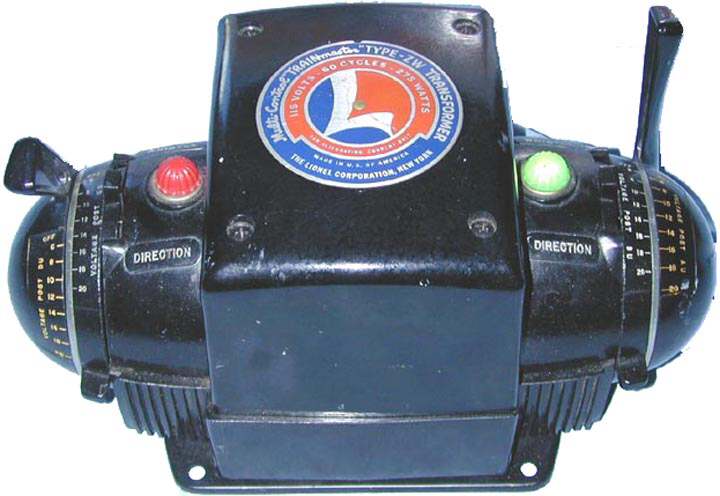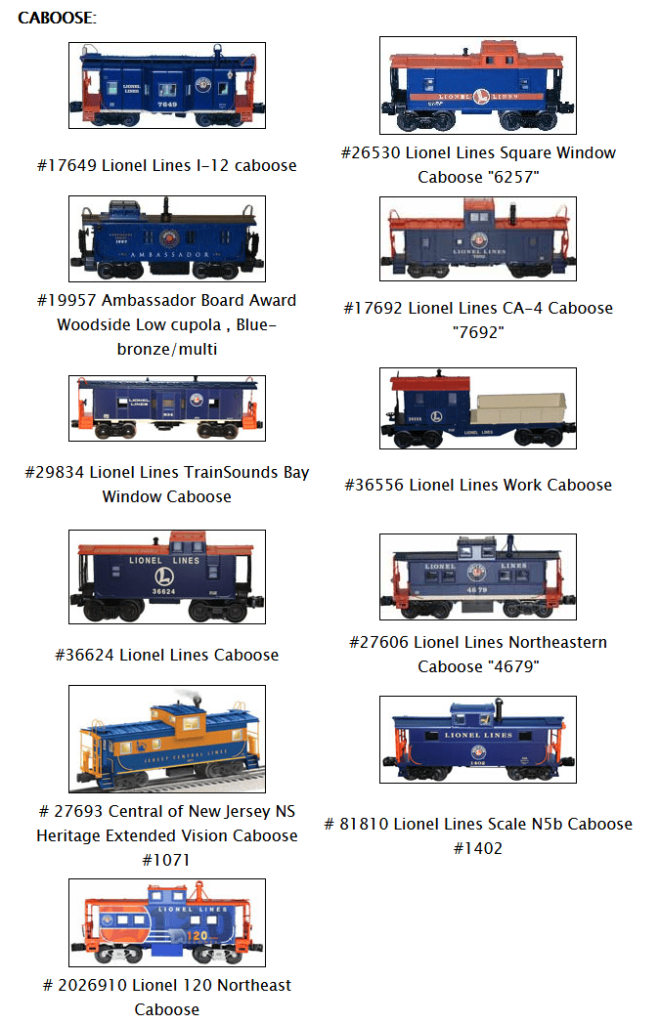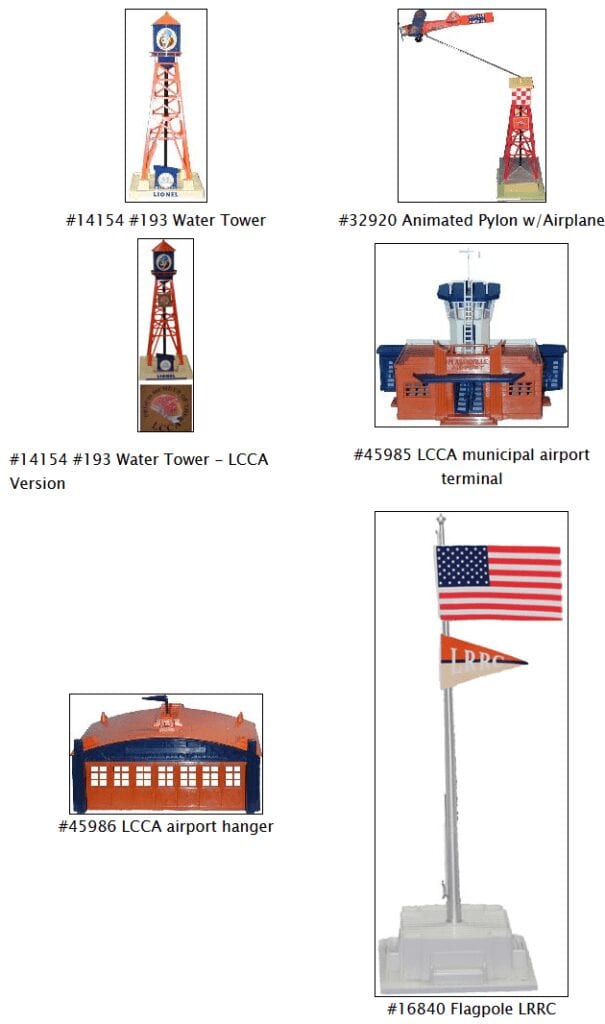The Ultimate Lionel Lines Set
By Bob Mintz

“Lionel Trademarks Classic Orange and Blue Lionel is proud to announce that it joins the ranks of McDonald’s®, John Deere® and Crayola® after the United States Patent and Trademark Office granted official registration of the classic Lionel orange and blue colors.
“A 1995 U.S. Supreme Court decision provides that the trademark law protects colors that are strongly associated with a product or manufacturer. The verdict proves that as goods and services continue to integrate into the daily lives of all Americans, color marks assume added importance because they overcome the language or cultural barriers faced by more traditional word or device marks.
“As with all Lionel trademarks, Lionel L.L.C. intends to protect its unique color palette to prevent consumer confusion from misleading competitive products, advertising or collateral materials.”
The above is an understandable business move considering the proliferation of knock-offs, reproductions, repaints and outright copies by other manufacturers or third parties.
One interesting point is that I recall as a kid growing up (still not sure if this has officially kicked in yet) in the 50s, and soon to be 50 myself, the overwhelming color of those Postwar boxes was orange, with blue and to a lesser degree, crème.
So why not patent all three colors?
My next question towards you is what is the significance of orange and blue?
Being a native “New Yawker”, the official colors of the flag of the City of New York are orange, blue and white. Considering Lionel started a block away from New York City Hall, it may seem to be a logical reason.
Whatever the motivation or symbolism on the part of Lionel, orange and blue, with sometimes white and/or crème, are the officially acknowledged colors of the Company.

In 1982, Lionel produced #5712 woodsided reefer refrigerator car in what we will recognize as the official color scheme. It was predominately orange with blue roof, doors, and sides and a typical Postwar type Lionel trademark label. Some collectors do not consider this item to be part of the set because it lacks the “Circle L.”
In the 1983 Fall Collector Center brochure, we were first shown #8380 Lionel Lines SD-28 diesel, #9239 Lionel Lines N5C caboose, and #9849 Lionel Lines refrigerator car.
Future issues would include #6214 Lionel Lines gondola, #6313 Lionel Lines tank car, #9492 boxcar, #5733 bunk car, #19303 Lionel Lines quad hopper (two different type, an aqua blue and a royal blue circle “L”), #16933 Lionel Lines flatcar with two autos, and #19420 Lionel Lines vat car rounding out the “Circle L” series.
The Greenberg Guide to Lionel Trains 1970-1991 Volume II lists #16323 Lionel Lines TOFC flatcar as part of this set, but with a gray flatcar and blue trailers it just did not “do it” for me.
I do however, have other plans for this car in a future article, although I did use the trailers and modified the flatcar as you will later read.


I mistakenly purchased #19423 Circle-L Racing Flatcar w/two stock cars “6424” because the 1996 catalogue showed the cars as orange and blue with a yellow flatcar, but they eventually came out as gold and white, close but no cupie doll.
Many of us may be aware that Ringling Brothers and Barnum and Bailey Circus has two trains, the red and blue, that represent two shows touring the United States at the same time. A future article will show examples of each.
I have taken this thought and run with it, taking it to what I think is the next level.
As many of you have read in my past articles, I have usually reported upon variations of the same type of item. This time, we will deviate slightly to create our own unique rolling stock and engines.
I have included additional predominately orange cars, modified some, and also put together an Ultimate Blue freight set, Ultimate Crème and White freight set, and an Ultimate passenger set.
See if you can add to any of the following:
THE ULTIMATE ORANGE FREIGHT TRAIN






THE ULTIMATE BLUE FREIGHT TRAIN







THE ULTIMATE CRÈME, WHITE AND OTHER FREIGHT TRAIN




THE ULTIMATE PASSENGER SET:


ANNIVERSARY SETS:

MISC.


HUDSON PRODUCTS SET







